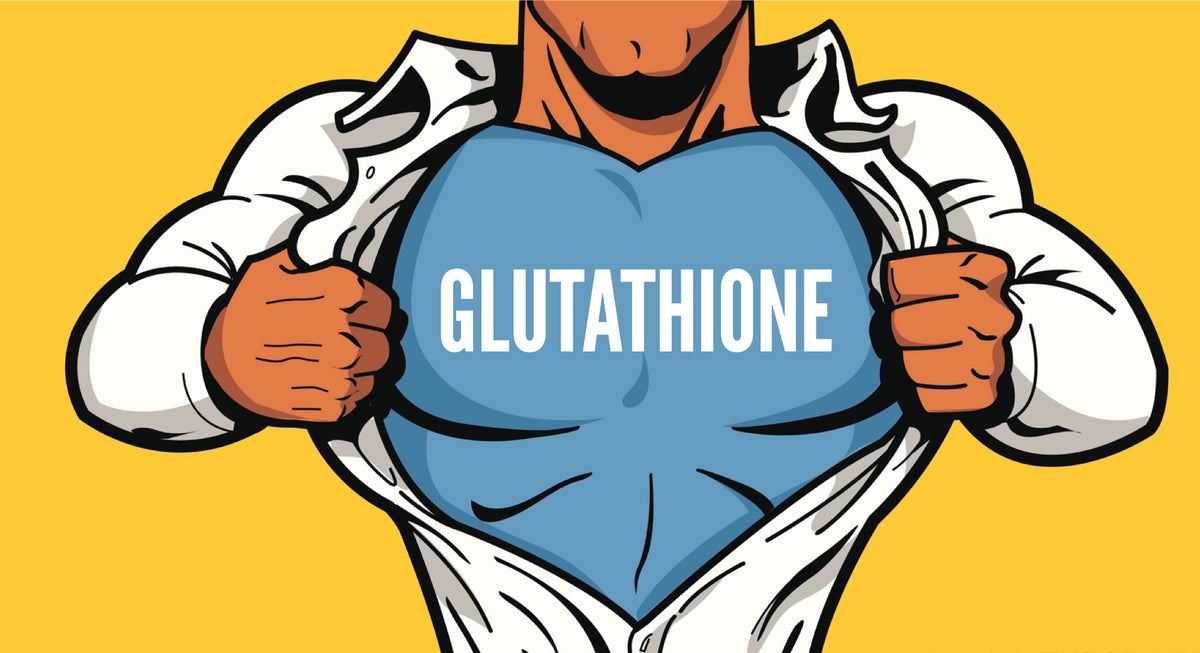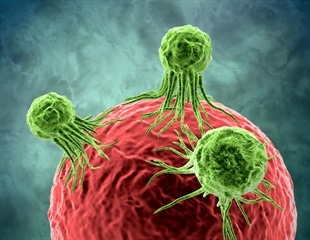It seems everyone today is touting the latest and greatest to cure all of our health woes. Take this to turn back the hands of time, that for more energy, those to remove those unwanted pounds or erase wrinkles, and these to help us remember where the heck we put the car keys.
Wouldn’t it be great if there was some “magic elixir” you could take to improve all of these areas of health and more? And wouldn’t it be even better if there were no side effects from this pill?
Wishful thinking, right? Maybe not. Maybe such a thing exists right in your body right now.
It’s not a “magic elixir” that we will be talking about. It is a natural and indispensable molecule. It’s called glutathione, and it is found in every cell in the body. There is virtually no organism on Earth that doesn’t have some glutathione in its cells.1
And for a good reason. This powerful antioxidant is one of the most protective molecules in the human body. Without adequate glutathione levels, you are at risk of some of the most feared health conditions facing us today, including stroke, Alzheimer’s disease, and heart disease.
But when levels are adequate or high, that’s when the magic happens. You’ll not only have protection from the conditions above, but you’ll have incredible energy, glowing skin, healthy detoxification, strong heart and brain function, and possibly even a longer life!
Sound too good to be true? Keep reading to learn about the evidence…
What Is GlutaTHIONE?
Glutathione is a tripeptide—i.e., a tiny protein—composed of three amino acids: cysteine, glycine, and glutamic acid (or glutamate). Often called the “master” antioxidant, glutathione boosts the utilization and recycling of other antioxidants, namely vitamins C and E, and alpha-lipoic acid and CoQ10.1
There are two different forms of glutathione: reduced glutathione (GSH, or L-glutathione), which is the active form, and oxidized glutathione (GSSG), the inactive state. As GSH patrols the cellular environment and puts out oxidative “free radical” fires, it becomes oxidized and inactive, thus turning into GSSG.
Fortunately, inactive GSSG can be recycled back into the active GSH form, thanks to the glutathione reductase enzyme. When this enzyme is overwhelmed, and too much-oxidized GSSG accumulates (compared to the active GSH), your cells become susceptible to damage.











